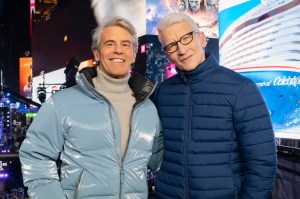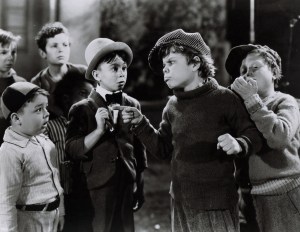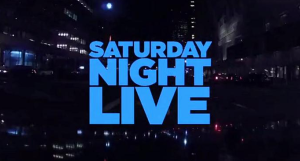Jay-Z is shooting down speculation that he, wife Beyonce and their daughter Blue Ivy were making any kind of political statement during Demi Lovato‘s National Anthem performance Sunday after the move was widely assumed to be a silent protest in line with Colin Kaepernick’s kneeling in support of Black Lives Matter. During an appearance at Columbia University Tuesday, Jay was asked if he remained seated to “convey a signal,” to which he answered, “It actually wasn’t,” as per a TMZ video.
The rapper said he and Beyonce “immediately jumped into artist mode” after moments earlier, Beyonce expressed her empathy for what Lovato was going through preparing to sing one of the biggest gigs in show business. For Jay, whose company Roc Nation is producing all Super Bowl entertainment after a deal struck with the NFL last year, he claimed the logistics of the show were weighing heavily on his mind.
Videos by PopCulture.com
“I’m really just looking at the show. The mics start. Was it too low to start?” he explained.
Hov added there was no need for a “silent protest,” as many people suspected their sitting was, because they were “making the biggest loudest protest of all” by selecting a diverse group of performers for the big game, including Jennifer Lopez and Shakira — the first Latin women to co-headline a Super Bowl halftime show.
Jay even joked how impressive it would have been of a parenting move for them to get their 8-year-old daughter in on the protest, saying she likely would not have played it so cool if there was a planned protest.
The Carters’ moment Sunday, when first assumed to be a protest, did not strike a good note with Kaepernick or girlfriend Nessa Diab, both of whom reposted an Instagram Story from Miko Grimes, wife of Tampa Bay Buccaneers player Brent Grimes, showing a TMZ headline about the family sitting with the caption, “I thought we were ‘past kneeling’ tho?”
The line was clearly a reference to Jay-Z‘s defense of his deal with the NFL in August, when he said, “We forget that Colin’s whole thing was to bring attention to social injustice. In that case, this is a success. This is the next phase. There [are] two parts of protesting. You go outside and you protest, and then the company or individual says, ‘I hear you. What do we do next?’”
Photo credit: Kevin Mazur/Getty Images for The Recording Academy








